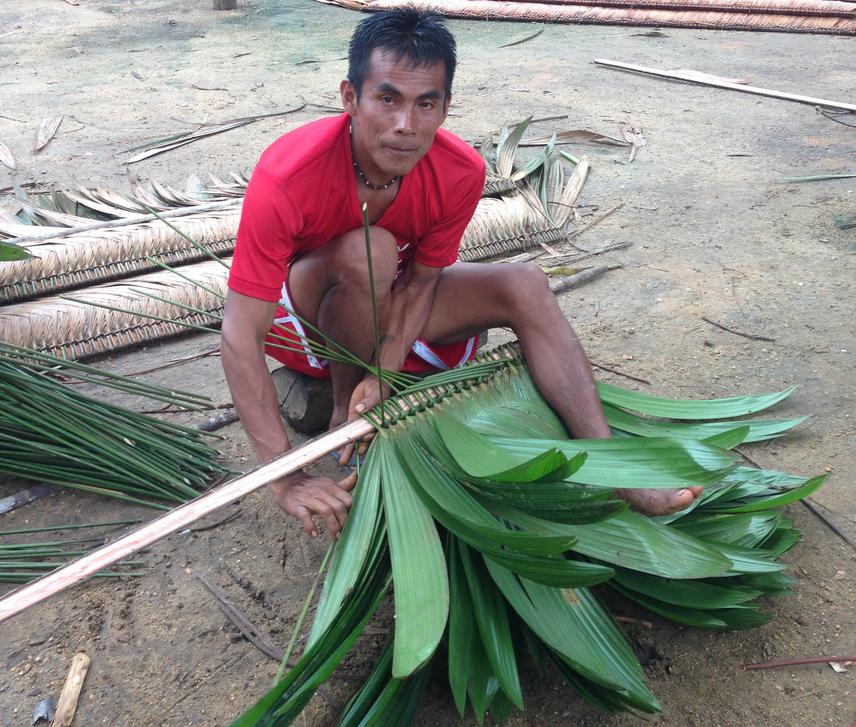David Novoa Mahecha
This research project aims to contribute to the discussion about the importance of co-management in the government of protected areas overlap indigenous peoples, taking as a case study Yaigojé Apaporis National Park.

Edilberto Tanimuca interview, Bella vista community leader.
About the change that is experiencing the world face different factors that directly affect the environment in the future of the earth and its ability to provide the necessary services in maintaining sustainable societies, the Reserve Yaigojé Apaporis has not been indifferent this situation, because in recent years the increased pressures on ecosystems and local cultures on account of the expansion of extractives activities, have been generating an impact significant on the territory of the indigenous people. Given this circumstance, the traditional authorities have plans to develop aimed at preserving and maintaining their territory and culture activities, where one of the strategies has been the collaborative work of institution government for creating a National Park.
The possibility of learning to manage reserves and protected areas represent interesting elements such as coordination, decision-making between public authorities for managing a National Park, postulating a new paradigm of relations. Consequently, it's crucial to inquire into the process and management of the protected area which aspects of resilience are involved, taking into account the context of transformation, durable over time, sustainable, vulnerability, right and cash, in order to provide relevant knowledge to governance and management of protected areas overlap in Colombia.
Accordingly, the following research seeks to investigate about what was the process that led to local communities in protecting and managing its territory to set up in a National Park-Reserve, there arises the idea whether this decision is a model resilient conservation, use and management of biological and cultural diversity of the territory, understanding that in this region the tangible and intangible cultural values of the seven villages have been icons in the use and land management since time immemorial. Discussions and reflections of this study will enrich and provide information valuable in the management of protected areas in Colombia with indigenous peoples, trying to strengthen the knowledge dialogue between traditional knowledge and scientific knowledge, creating unique determinants that will serve to the understanding and understanding of what should characterize the co-management strategy to conserve biodiversity and culture of the territory joining forces in the management and governance of conservation figures. Finally, it is expected that inputs generated contribute to the strengthening of Institution Government as environmental authority in relations with indigenous peoples in the Colombian Amazon.